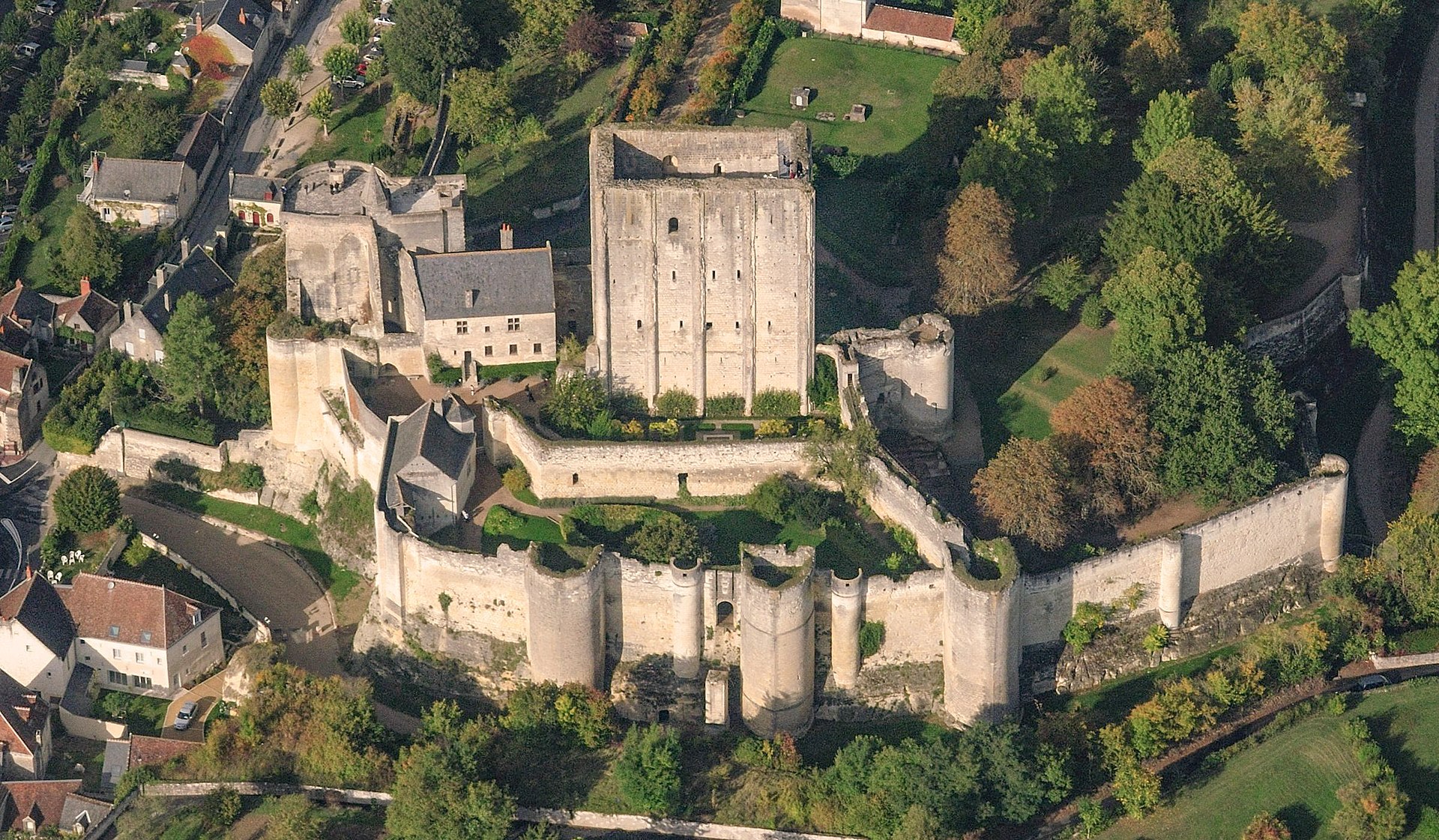Architecture of 15th Century Castles
The architecture of 15th century castles in France represents a pivotal period marked by significant developments influenced by wars, political changes and artistic movements of the Renaissance. This century is a time of transition between the Middle Ages and the Renaissance, with architectural features that reflect both military defense and a taste for aesthetics. This article explores the specificities of the architecture of the castles of this era, their historical context, and some emblematic examples.
Historical Context
The 15th century was a tumultuous period in France, marked by the Hundred Years' War, which lasted from 1337 to 1453, and the rise of royal power. Castles are often built as fortresses to resist attacks and serve as residences for nobles. However, the end of the Hundred Years' War and the beginning of the Renaissance led to an evolution in architectural styles and a change in the function of castles, moving from a simple defense to an elegant and refined place to live.
The period is also marked by the rediscovery of Antiquity and the influence of Italian architecture. Nobles began to seek to express their wealth and status through more elaborate and artistic constructions, incorporating elements of comfort and decoration.
Architectural Features
The 15th century castles are distinguished by several architectural characteristics which reflect the developments of this era:
1. Fortifications and Defenses:
Castles of this century are often built with thick walls and robust towers. Defense systems, such as moats and ditches, are common. Walls are often crenellated to allow defense against attacks. The windows, sometimes narrow, are designed to limit entry points for attackers while maximizing light inside.
2. Renaissance Element:
Towards the end of the century, influences from the Italian Renaissance began to appear. The facades of castles are often decorated with carved motifs, pilasters and round-arched windows. This evolution begins to introduce a more sophisticated aesthetic, where form and decoration take on importance.
3. Elegant Interior:
15th century castles began to incorporate more comfortable and aesthetically pleasing interior spaces. Reception rooms are often decorated with tapestries, carved furniture and stone fireplaces. The mullioned windows, characteristic of this period, allow greater natural light and offer views of the surrounding gardens.
4. Gardens and Environment:
With the growing importance of gardens, some castles are accompanied by vast landscaped spaces, marked by flower beds and designed paths. These gardens are often designed to be both functional and aesthetic, adding an extra dimension to the residence.
Examples of 15th Century Castles
Several emblematic castles in France perfectly illustrate the architecture of this period. Among them:
Château de Fougères:
Located in Brittany, this castle is a striking example of medieval architecture with its impressive fortifications. Built in the 14th century, it was enlarged in the 15th century. The defensive walls and towers demonstrate the need for protection, while the interior designs begin to reflect increased comfort.
Château de Langeais:
Built at the end of the 15th century, the Château de Langeais is an example of the transition between the medieval fortress and the residential castle. Its massive structure is complemented by Renaissance-style elements, such as mullioned windows and sculpted ornaments. This castle embodies the new aspirations of the nobility to live in a setting that is both defensive and elegant.
Château de Chenonceau:
Although largely built in the 16th century, Chenonceau has its origins in the 15th century. Its architecture mixes medieval and Renaissance styles. Known for its elegance and its location on the Cher, this residence illustrates the shift towards more refined architecture, with its sumptuous gardens and ornate interiors.
Saumur Castle:
Built mainly in the 15th century, this castle is an excellent example of the defensive architecture of this period. Dominating the town of Saumur, its imposing towers and tufa walls bear witness to military power, while presenting elements of Renaissance aesthetics.
Influence and Legacy
The architecture of 15th century castles laid the foundations for many later buildings in France. The stylistic and technical developments of this period allowed the emergence of a new type of castle which combines functionality and comfort. These constructions continue to attract visitors and fascinate with their history and beauty.
These castles, witnesses to the richness of French history, have become cultural and heritage symbols, attracting millions of tourists each year. They represent a rich architectural heritage that continues to influence future generations.
The architecture of the 15th century castles illustrates a period of transition marked by medieval and Renaissance influences. Characterized by impressive fortifications, refined decorative elements and a search for interior elegance, this era produced architectural masterpieces that continue to fascinate. These castles, more than just buildings, are witnesses to French history and culture, embodying the aspirations of their time.
Lieven Smits , CC BY-SA 3.0 , via Wikimedia Commons
Aerial view east of the dongeon of Loches , Indres-et-Loire, France.
Follow “ ProprietesDeCharme.com ” on YouTube but also on Facebook Twitter LinkedIn Instagram Pinterest


